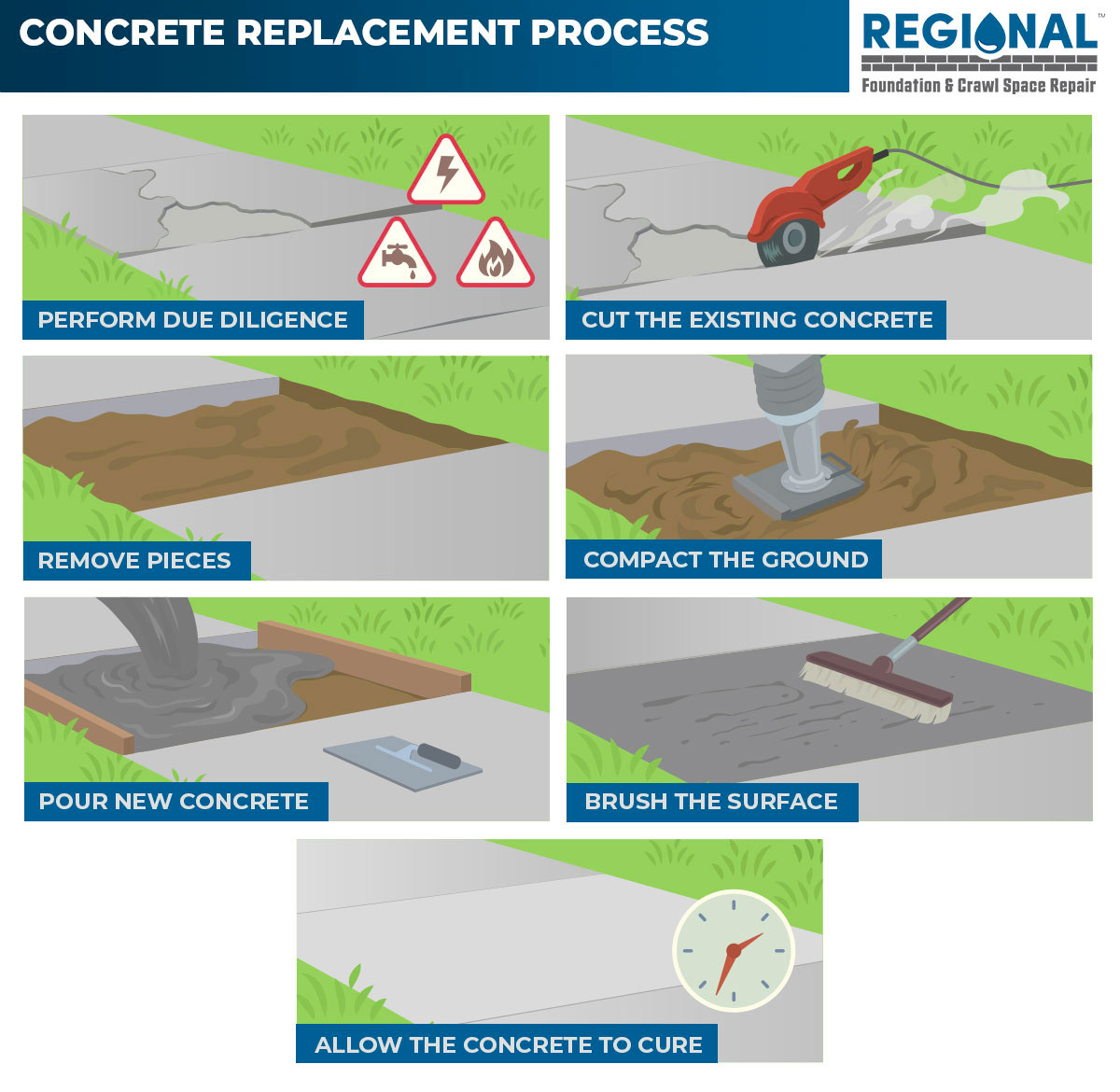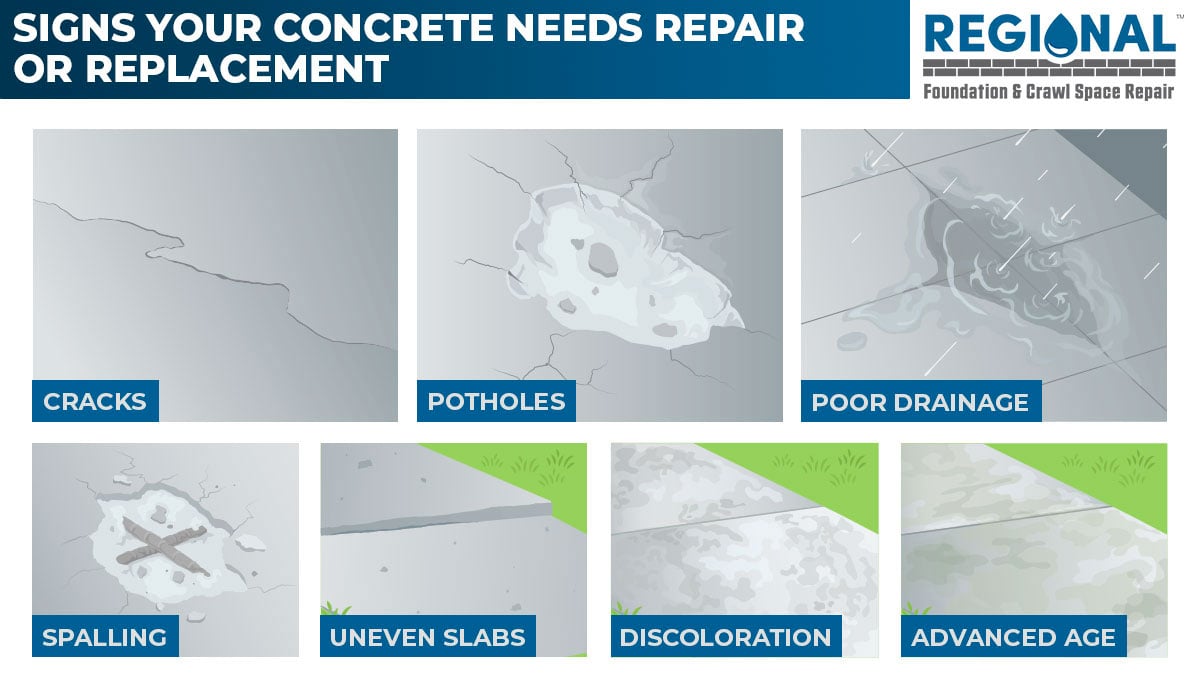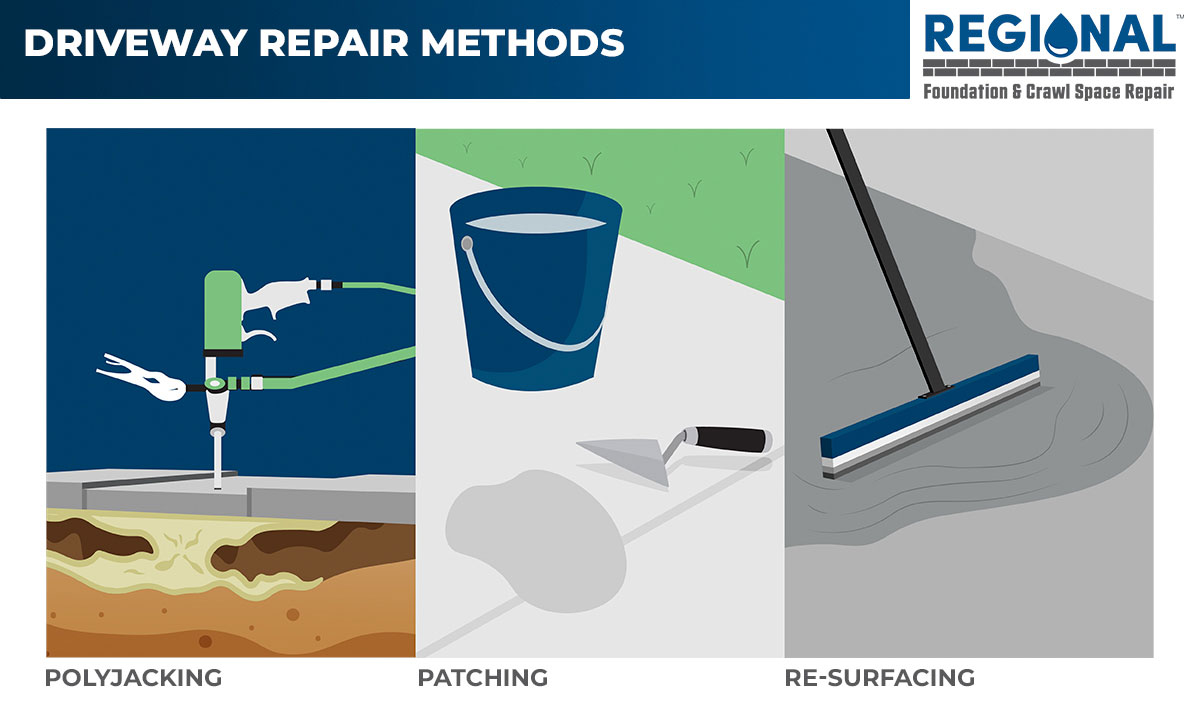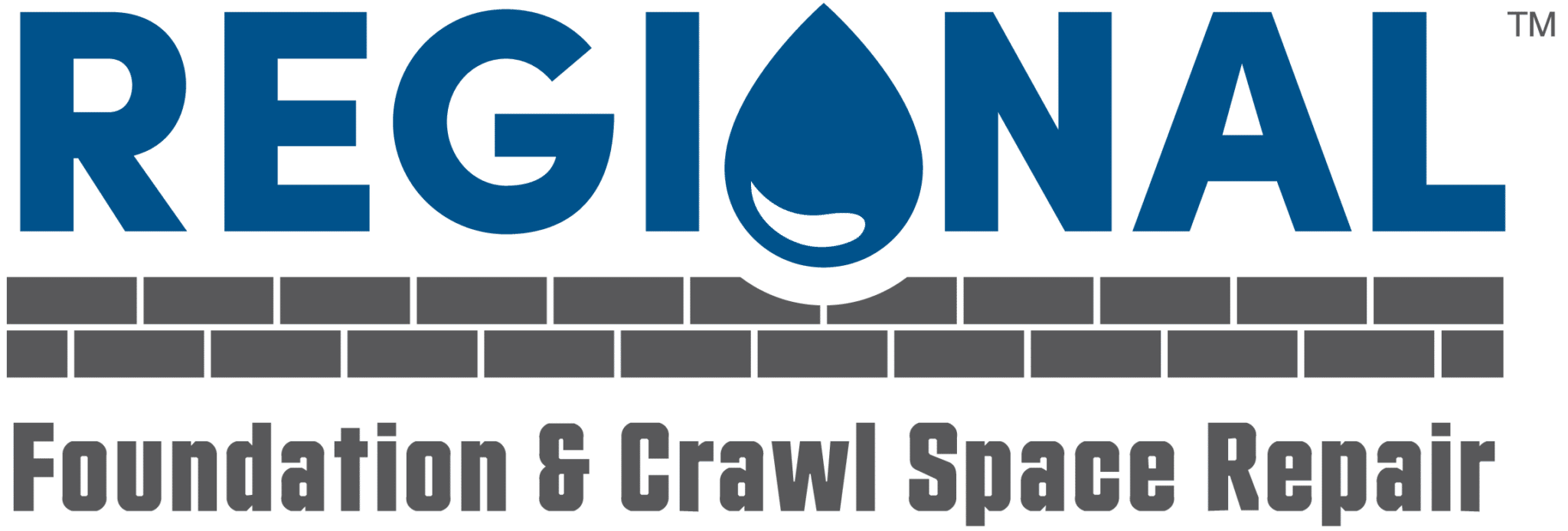When you notice cracks webbing through your concrete or potholes forming in your driveway, it’s clear that repair work is on the horizon. Concrete removal and replacement may seem like an endeavor you could tackle after a quick how-to search online—but pause before you don that DIY hat. This is not a project for the faint-hearted homeowner armed with just a sledgehammer and a free weekend. It’s a complex process best left to the professionals, requiring precise skill, special tools, and an understanding of the structural nuances. In this blog post, we’ll provide a detailed, step-by-step guide on how this formidable task is undertaken. From assessing the damaged area to the final touches of laying new concrete, you’ll gain a comprehensive overview that underscores why calling in the experts is a wise decision for a job done right.
Removing and Replacing Concrete
• Initial Due Diligence
– The first step in the process is to perform any necessary due diligence. For instance, it’s necessary to identify any utility lines beneath your concrete. When such features are present, it may be required to submit permits for the replacement project. Complete any necessary permits before the project begins to ensure you are up to code and ready to begin demolition.
• Saw-Cutting the Existing Concrete
– Once permits are in place, it is time to destroy your original concrete. Usually, this process involves the use of saw-cutting. Dividing your concrete into smaller pieces using a saw will make it easier to remove each piece during the next step.
• Removal of Existing Pieces
– After cutting the existing concrete into manageable pieces, it is time to pry them out and remove them from your property. This removal process involves extracting any rebar, mesh, or substructures below your existing concrete. The result of the removal stage should be a clean surface of exposed earth where your concrete once sat.
• Ground Compaction
– Compaction is the next step after removing the existing concrete and exposing the soil. This stage is essential because compaction removes air pockets in the soil, lessening the odds that the concrete will become unlevel in the future and increasing the odds that the new concrete will be level and remain so for years.
• Pour New Concrete
– Now that the old concrete is gone and the soil has become compacted, it is time for the main stage of the replacement process. At this point, your concrete team will mix a batch of new concrete and pour it in place of the old concrete.
• Brush the Concrete
– Before the concrete cures, it is crucial to add texture to the top surface. Gently dragging a brush across the surface is one of the best ways to ensure the concrete has a uniform, textured surface. Brushing reduces the chance of slippage and ensures that your concrete looks fantastic and consistent across the surface.
• Allow the Concrete to Cure
– After pouring the concrete and brushing its surface, all that’s left to do is wait. During this waiting period, the concrete will cure and harden, which allows it to be usable. Your concrete will take a few days to be ready to walk on. However, it takes longer for your concrete to be ready for vehicle traffic.

When to Choose Replacement Over Repairs
If you are having issues with the concrete on your property, you can choose two main routes. Either you can elect repair or replacement. Driveway repairs are preferable in many cases involving minor damage or damage to specific areas as they tend to be quicker and less expensive. However, replacement is a better option if your driveway is damaged beyond the point of repair. The downside to replacement is that it is more expensive and takes longer to complete. With that said, there are many instances in which this approach is the only viable option. The best way to know whether repair or replacement is the best option is to seek the advice of an expert professional who can steer you in the correct direction.
Can You Replace Concrete on Your Own?
Many homeowners choose a DIY approach to property improvement. The logic behind this choice is that DIY is far less expensive. However, we do not recommend a DIY concrete repair or replacement.
Repairing or replacing concrete independently is likely unsafe and unsuccessful if you lack experience. A wiser decision is to choose a concrete contractor to perform repairs and replacements for you. An experienced contractor will know which route is better for your situation and perform the job correctly on the first attempt.
Signs Your Concrete Needs Replacement
Knowing if your driveway needs replacement can be challenging if you are not a concrete expert. Still, some signs indicate when this is the case. Below are a few indicators that tell you when replacement may be necessary:
- Deep cracks
- Significant drainage issues
- Extensive spalling
- Advanced concrete age
- Large potholes

Remember, repairs may better respond to these issues, but each sign indicates that replacement is a potential solution. Again, the best way to know is to consult a concrete contractor you trust.
What Does Concrete Removal Cost?
As you might guess, the cost of your project can vary depending on the size of the slab and other factors. On average, it costs about $2 to $6 to remove concrete per square foot. Similarly, it costs about $4 to $15 to replace a concrete area. While those numbers are rough, they should give you an idea of what concrete removal and replacement costs.
Alternatives to Concrete Replacement
As noted above, replacement is not always the best choice. Instead, there are times when it’s better to choose a concrete repair service. In such cases, here are some of the possible repair options available to you:
- Leveling concrete via polyjacking
- Patching small holes and cracks with cement
- Resurfacing concrete

As we mentioned before, the best way to know which of these options is best for your property is to find a concrete contractor who can help you with the process.
Get the Concrete Help You Need
Are you noticing issues with the concrete on your property? If so, it is better to act sooner rather than later to prevent extensive damage. After all, the sooner your concrete looks fantastic and works well, the sooner it will contribute to your property the way it once did.
For anyone in the Eastern North Carolina area, the best team you can call for any concrete concerns is Regional Foundation & Crawl Space Repair. We have the knowledge and experience to fix concrete and provide many other construction services you might need.

